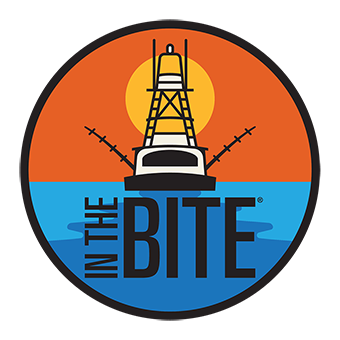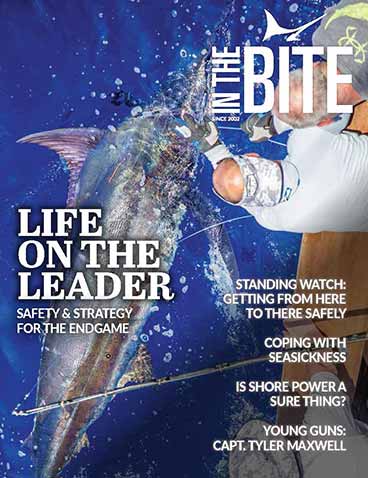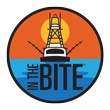Trolling Prop Wash
With any boat design, there is a tradeoff requiring captains and owners to decide which hull shape is right for their particular operation. Getting to the bite first is growing in importance, but your boat must also raise fish. Every planing hull produces a slightly different wake in relation to









